Italy is famous for its iconic islands like Sicily and Capri, but beyond those well-trodden spots lies a world of hidden gems waiting to be explored. These lesser-known islands offer a blend of untouched nature, charming villages, and a slower pace that feels worlds away from tourist crowds.
Here is a list of 15 Italian islands you’ve probably never heard of but should definitely consider adding to your travel plans. Each has its unique vibe, from tranquil beaches to fascinating history, giving a fresh twist on the classic Mediterranean getaway. Whether you’re after peaceful solitude or a bit of adventure, these islands quietly hold some of Italy’s best-kept secrets.
Capraia
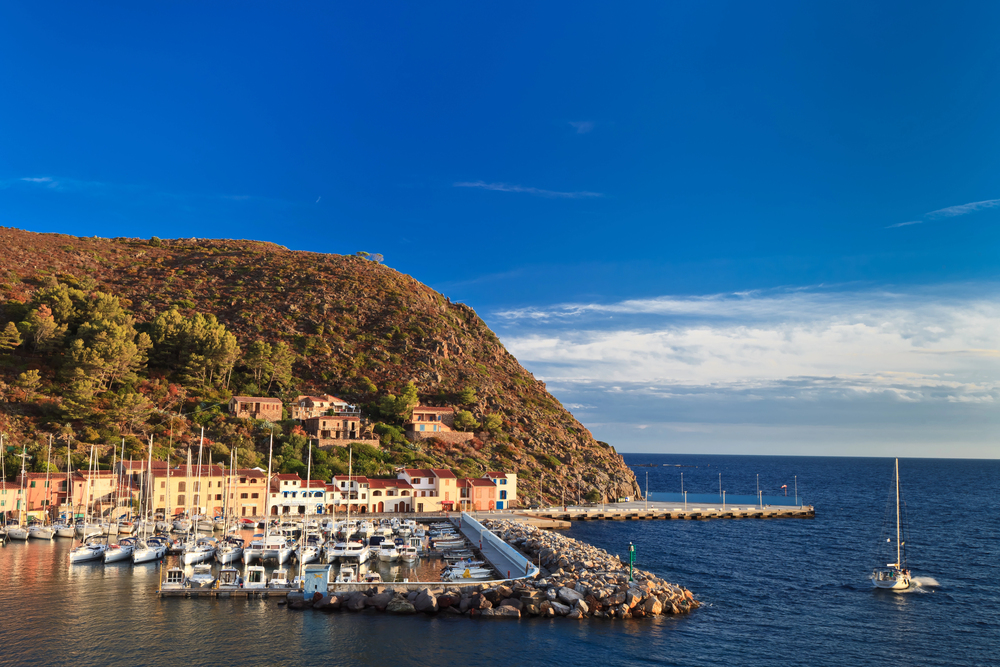
Capraia sits in the Tuscan Archipelago, a rugged volcanic island that’s perfect for hikers and nature lovers. Its rocky coastline and crystal-clear waters make it a prime spot for snorkeling, while the island’s small harbor village retains an authentic charm untouched by mass tourism. Unlike the crowded beaches of Sardinia or Sicily, Capraia offers quiet coves where you can truly unwind and soak in the Mediterranean sun. The island’s history as a former penal colony adds an interesting layer, with old fortresses overlooking the sea. It’s a place where the wild landscape meets deep blue waters, inviting visitors to explore off the beaten path.
Ponza
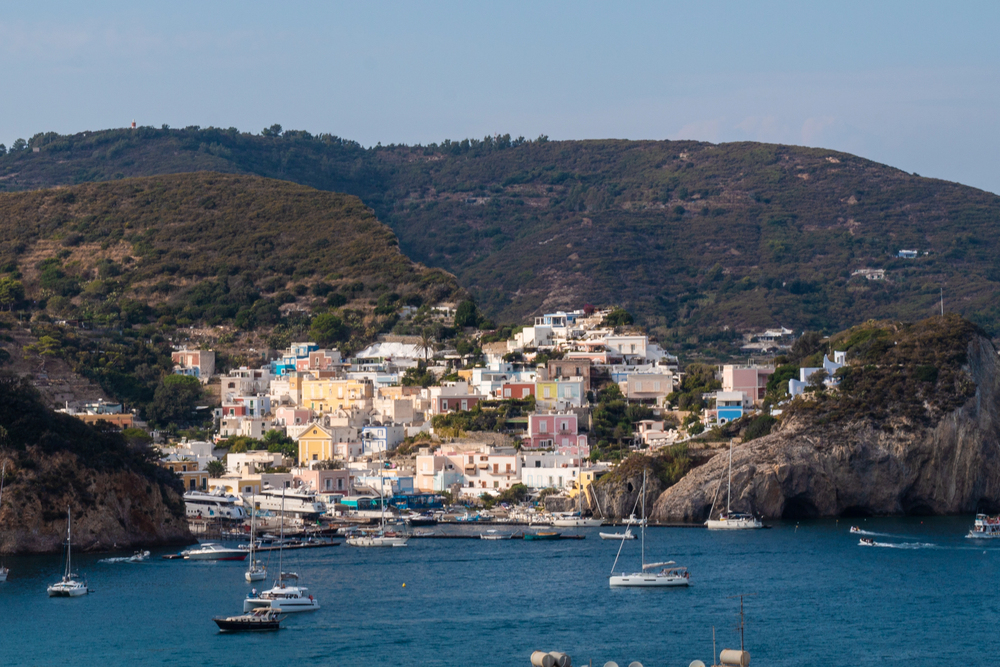
Ponza lies off Italy’s western coast and feels like a slice of paradise with colorful houses cascading down cliffs. The island is known for its sea caves and grottos, which you can explore by boat, revealing dramatic rock formations and hidden beaches accessible only from the water. Life on Ponza moves at a relaxed pace, with fresh seafood and local wines enhancing the simple joys of island living. Its small size makes it easy to get around by scooter or on foot, letting you discover quiet spots far from the lively harbor. Ponza is an ideal escape for anyone looking to mix natural beauty with authentic Italian island culture.
Tremiti Islands
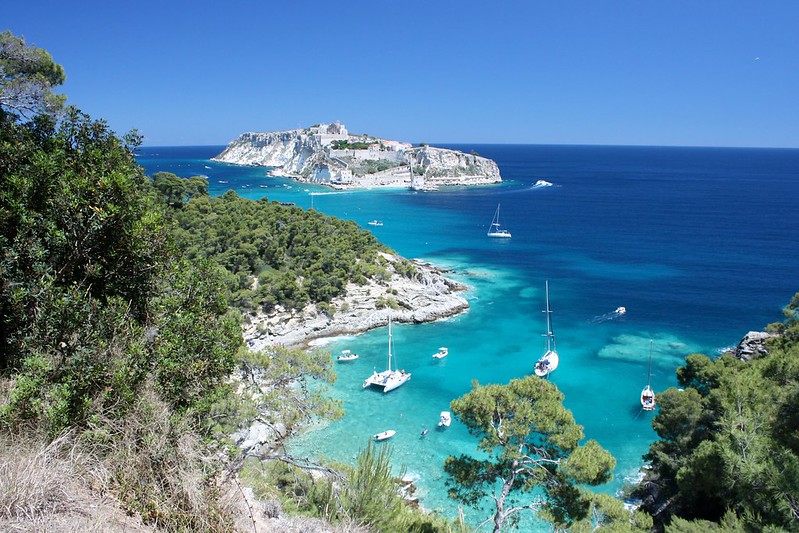
The Tremiti Islands are a tiny archipelago in the Adriatic Sea, known mostly to Italians but rarely visited by international tourists. These islands boast crystal-clear waters and marine reserves where diving reveals an underwater world full of life and color. The main island, San Domino, features pine forests and white sandy beaches, while San Nicola offers medieval charm with its old abbey and fortress. Because of their isolation and protected status, the Tremiti Islands remain pristine and peaceful, making them a quiet retreat for nature enthusiasts. The islands combine rugged terrain and tranquil bays, perfect for swimming and unwinding.
Gorgona
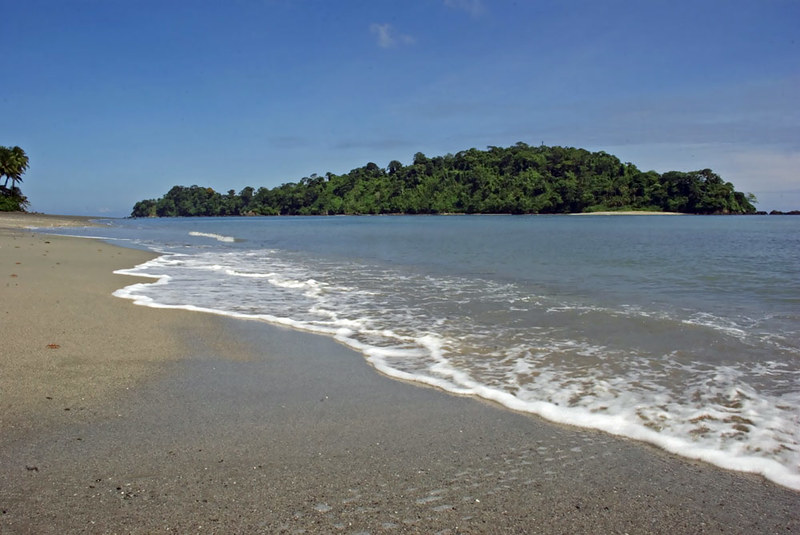
Gorgona is Italy’s smallest inhabited island and has a very unique character due to its status as a penal colony. Located in the Tuscan Archipelago, it’s rarely on the usual tourist circuit, which has helped preserve its untouched natural environment. The island’s landscape includes Mediterranean scrub, vineyards, and rocky shores, all surrounded by deep blue waters perfect for diving and fishing. Visitors must arrange visits in advance, which keeps numbers low and the experience intimate. Gorgona offers a rare glimpse of island life that’s both isolated and deeply connected to its environment.
Lampedusa
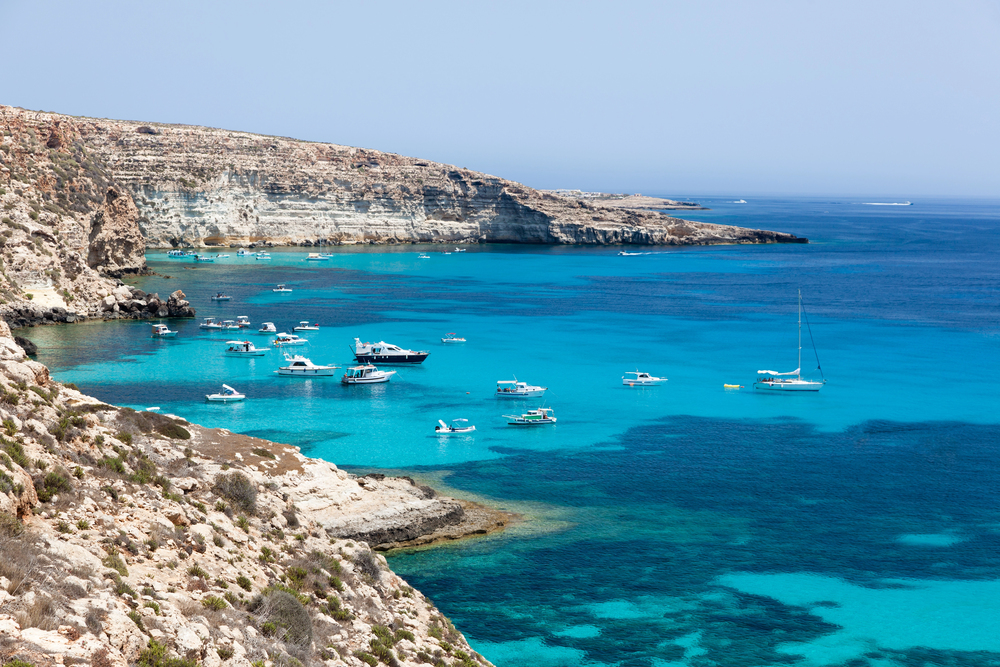
Lampedusa lies closer to Africa than mainland Italy, giving it a distinct feel compared to other Italian islands. Its sandy beaches stretch on for miles, including the famous Rabbit Beach, often ranked among the world’s most beautiful. The island’s warm waters and marine life attract swimmers, snorkelers, and sea turtle watchers alike. Lampedusa’s laid-back vibe and sparse development make it an appealing spot for those who want to enjoy nature without distractions. It’s a surprising and striking destination that stands apart from Italy’s more familiar coastal escapes.
Ischia Ponte
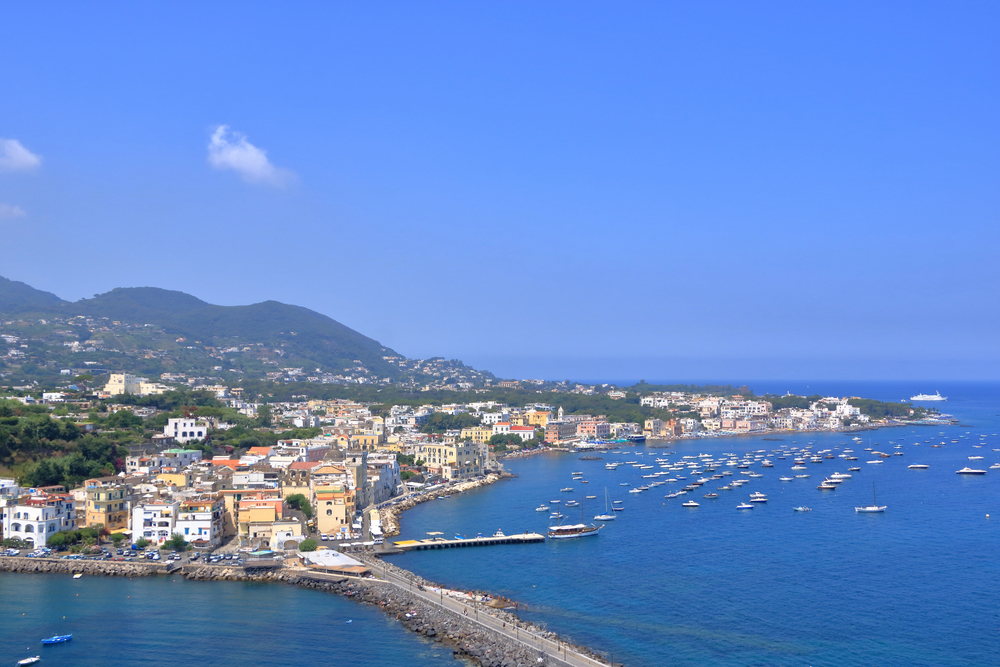
Ischia Ponte is the oldest inhabited part of Ischia, an island known more widely but with corners many overlook. This area offers a charming medieval village atmosphere with narrow streets and a towering Aragonese Castle overlooking the sea. While Ischia itself draws crowds, Ischia Ponte retains a slower pace where you can wander without the hustle of larger tourist spots. Thermal springs and lush gardens nearby add a soothing touch to any visit, making it a spot for both history buffs and relaxation seekers. The blend of culture, nature, and warm hospitality gives this island a distinctive charm.
Pantelleria
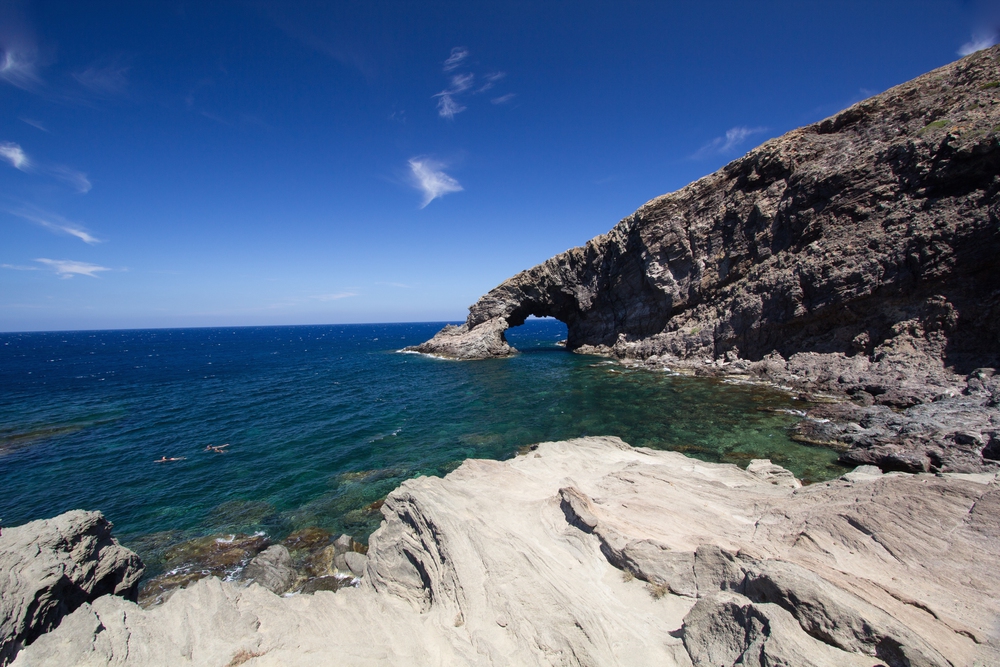
Pantelleria sits in the Strait of Sicily and is often called the ‘Black Pearl of the Mediterranean’ thanks to its volcanic origins and dark lava rocks. The island’s landscape is a dramatic mix of rugged cliffs, terraced vineyards, and natural hot springs bubbling from the earth. It’s a place for adventurous travelers who enjoy hiking, windsurfing, or tasting unique local wines made from Zibibbo grapes. The island feels remote but welcoming, with a small-town vibe that’s rare to find in busier Mediterranean spots. Pantelleria’s raw beauty and distinct culture offer a refreshing break from typical tourist paths.
San Pietro
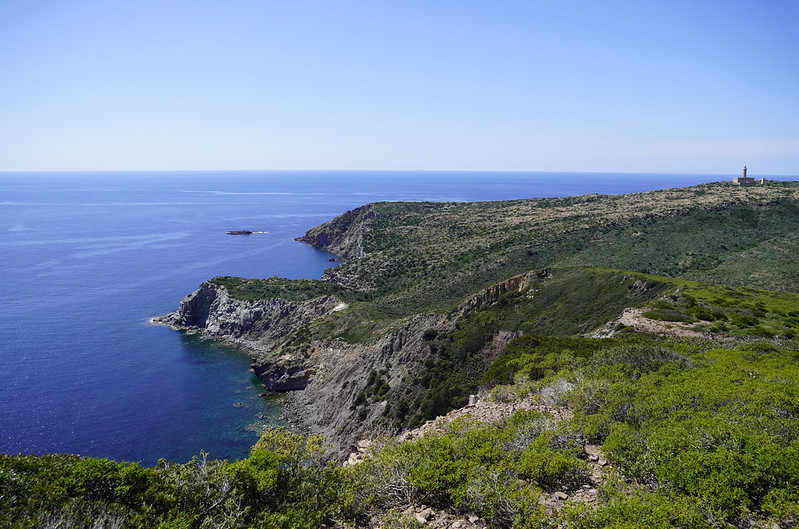
San Pietro Island sits just off the southwestern coast of Sardinia and feels like a hidden world unto itself. The main town, Carloforte, has a strong Genoese heritage visible in its colorful buildings and culinary traditions. Fishing is central to island life here, and fresh tuna dishes dominate the menus at local trattorias. San Pietro’s rocky coastline and clear waters make it excellent for diving and boating, with plenty of quiet beaches to explore. This island is ideal for travelers wanting authentic culture wrapped in stunning natural scenery.
Capo Rizzuto
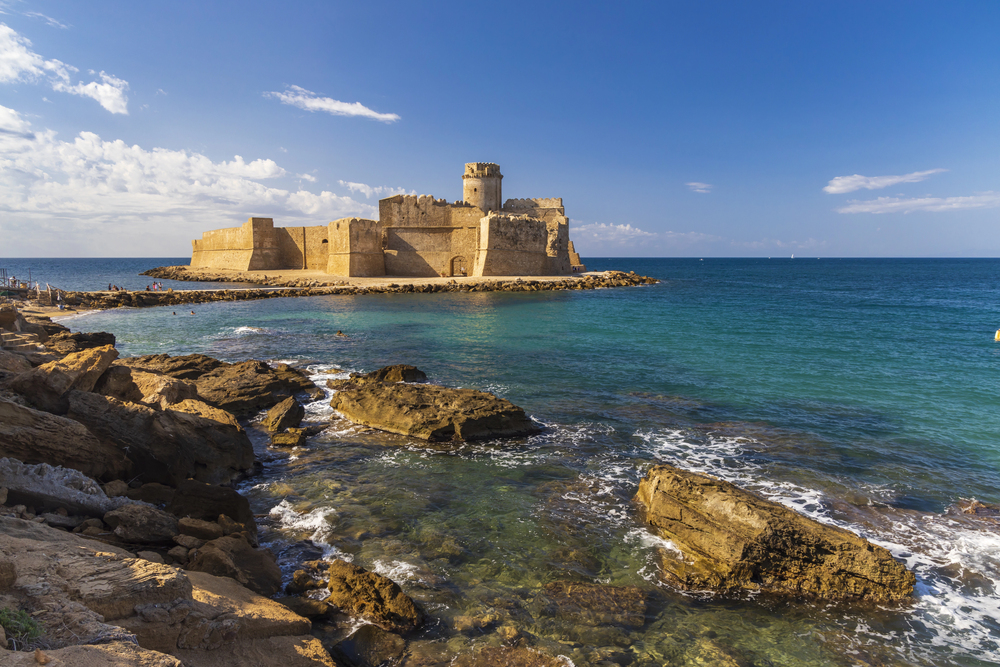
Capo Rizzuto, part of the Ionian coast in Calabria, includes a small cluster of islands often missed by visitors rushing to more popular southern spots. These islands offer calm waters, sandy beaches, and a chance to relax far from crowds. The marine protected area here preserves diverse sea life, making it a hotspot for snorkeling and fishing. It’s a quiet destination that provides a glimpse of Italy’s coastal beauty without the usual tourist buzz. Capo Rizzuto is a perfect blend of simplicity and natural charm.
Giglio
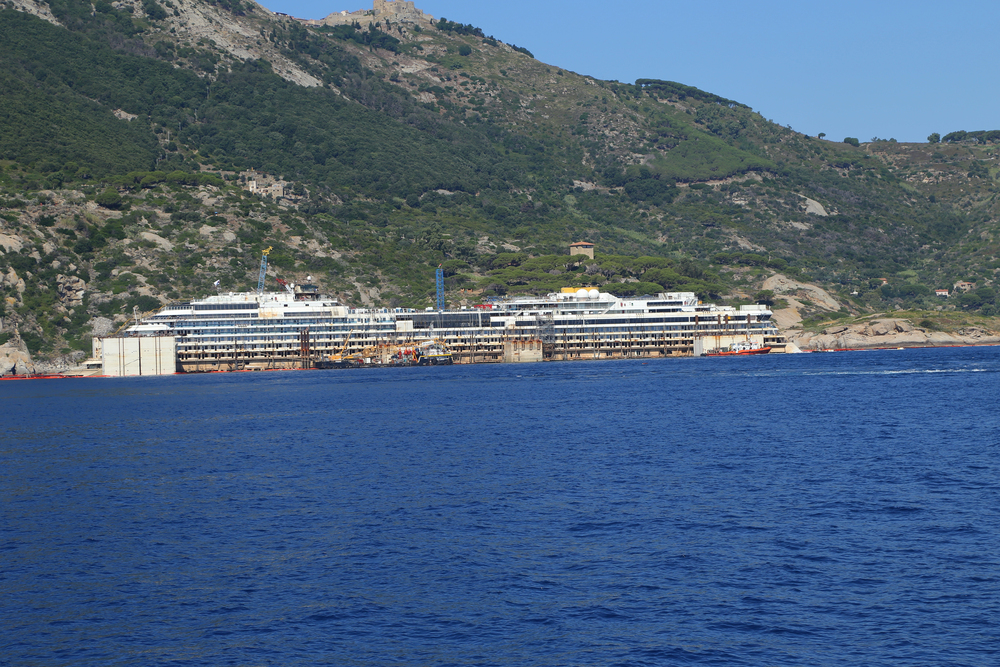
— Photo by trotalo
Giglio Island is located off the Tuscan coast and offers a peaceful atmosphere alongside dramatic cliffs and crystal-clear coves. The island is famous for its hiking trails, including routes that lead to ancient watchtowers with panoramic views of the sea. Giglio’s small villages have maintained their traditional charm, where local seafood and wine pair perfectly with ocean views. The island avoids large crowds thanks to limited ferry service, so visitors often find it tranquil even in peak season. It’s an ideal destination for those wanting to combine outdoor activities with laid-back island living.
Asinara
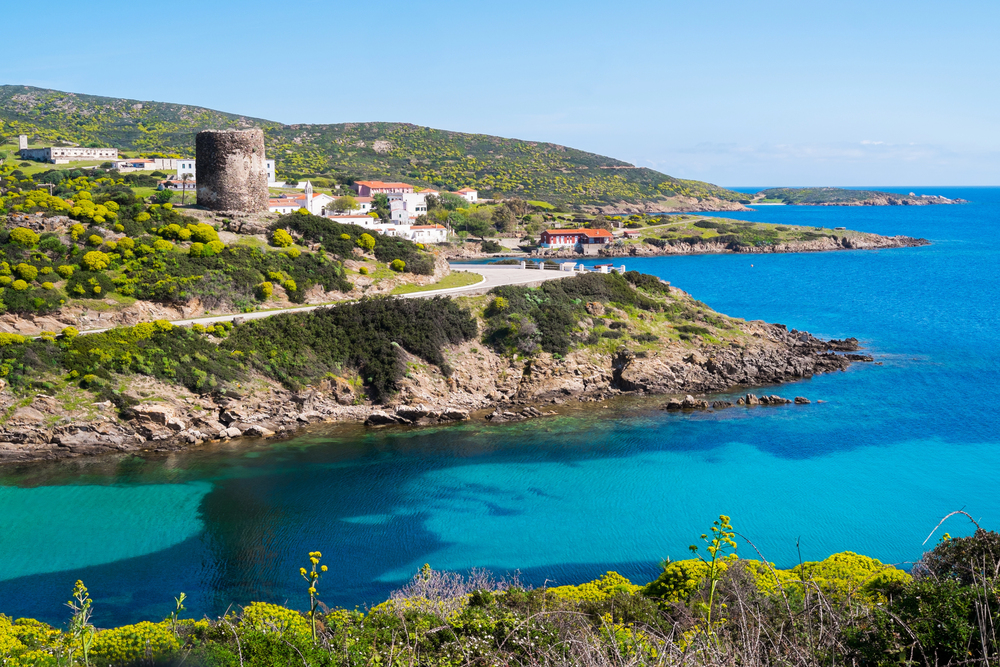
Asinara Island, near Sardinia, is a national park and former quarantine and prison site with a fascinating history. Today, it’s a wildlife sanctuary home to wild white donkeys and rare birds. The island’s rugged coastline and crystal waters attract nature lovers and hikers eager to explore its protected environment. Visitors are required to take guided tours, preserving the island’s delicate ecosystem and peaceful vibe. Asinara offers a unique combination of natural beauty and historical intrigue that few Italian islands can match.
Lussino (Lošinj)
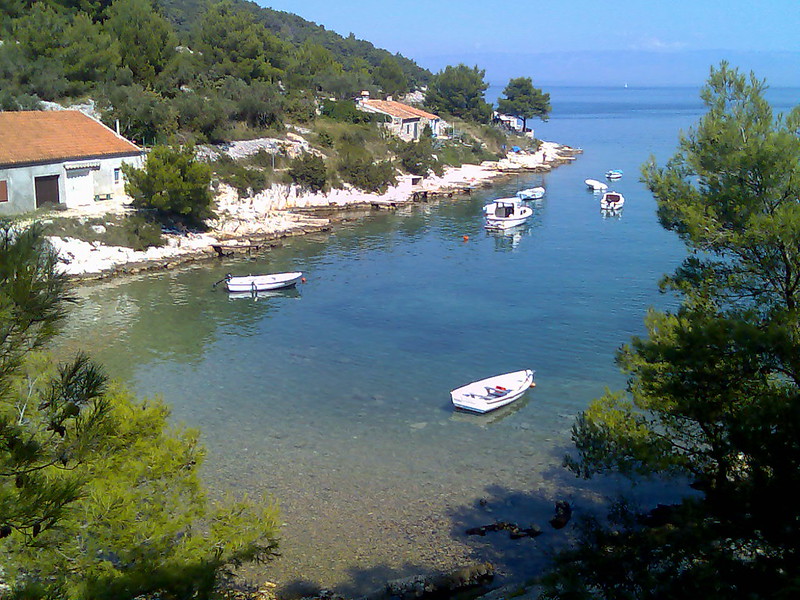
Though technically part of Croatia, Lussino or Lošinj has strong historical ties to Italy, especially through Venetian influence. The island’s mild climate and fragrant pine forests make it a health retreat known for fresh air and wellness tourism. Its charming coastal towns and pebble beaches invite visitors to relax and soak up Mediterranean culture. The blend of Italian and Croatian heritage gives the island a unique cultural flair. Lussino’s peaceful environment and natural beauty make it an off-the-radar spot for travelers exploring the Adriatic.
Caprera
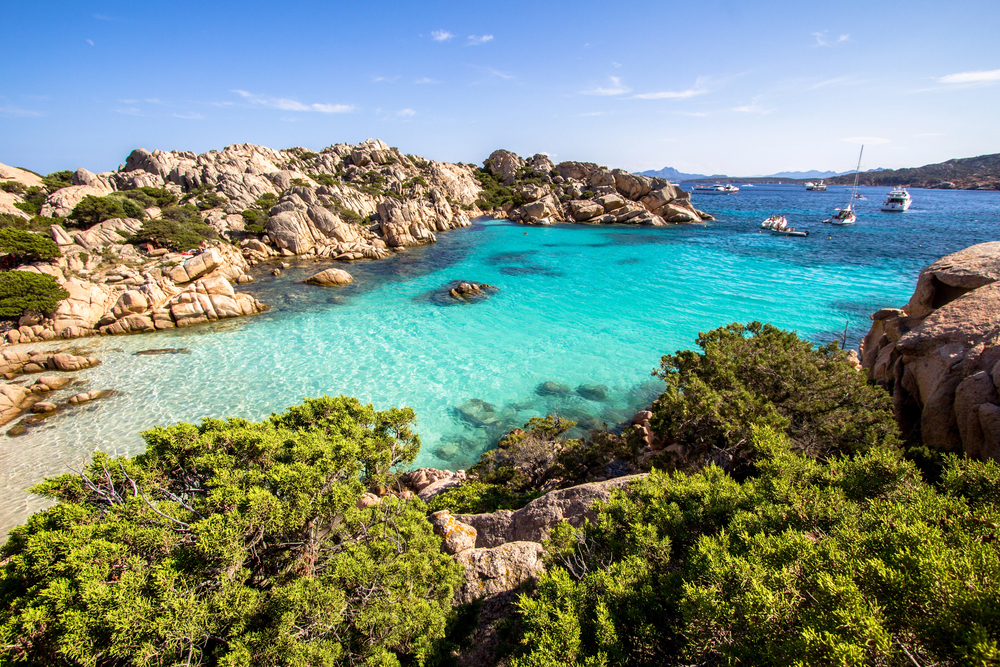
Caprera is part of the Maddalena Archipelago near Sardinia, often overshadowed by its flashier neighbors but just as stunning. The island’s rugged terrain and hidden bays offer excellent hiking and snorkeling opportunities. It also has historical significance as the home of Giuseppe Garibaldi, whose house is now a museum. Caprera feels untouched, with fewer crowds and more natural silence, making it a quiet escape for those who love nature and history. The combination of wild landscapes and cultural heritage gives this island a quiet depth.
Tavolara
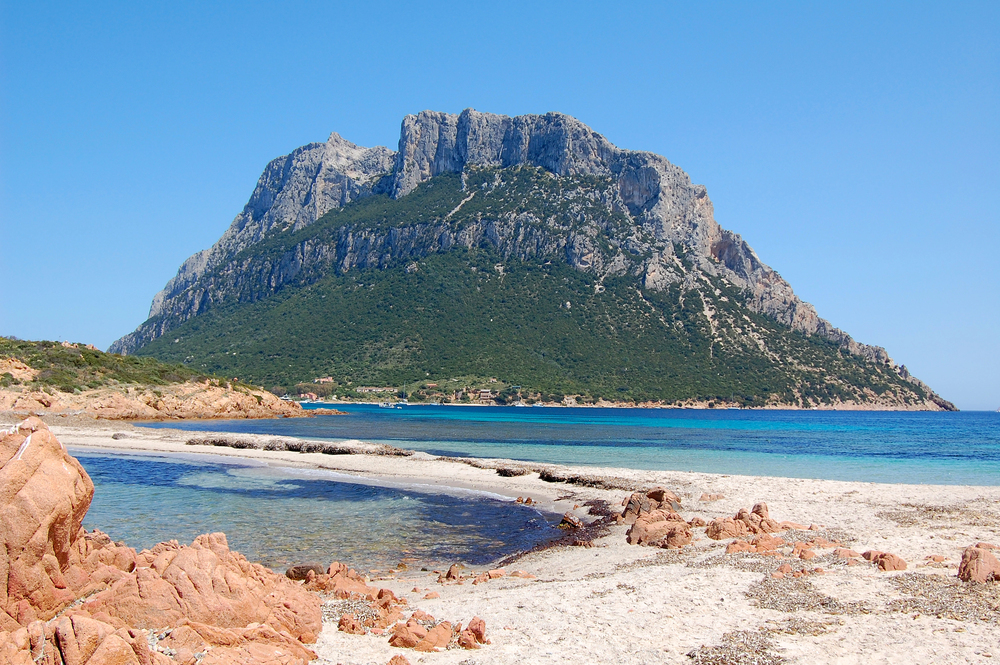
Tavolara, a tiny island off Sardinia’s northeast coast, is famous for its dramatic cliffs and crystal-clear waters. The island is a natural reserve and home to some of the Mediterranean’s best snorkeling spots, where underwater caves and colorful fish abound. Only a small village occupies Tavolara, keeping the island peaceful and untouched by mass tourism. Its striking limestone mountains make for stunning views both on land and from the sea. Tavolara is a perfect getaway for those who want to combine scenic beauty with tranquil seclusion.
Pianosa
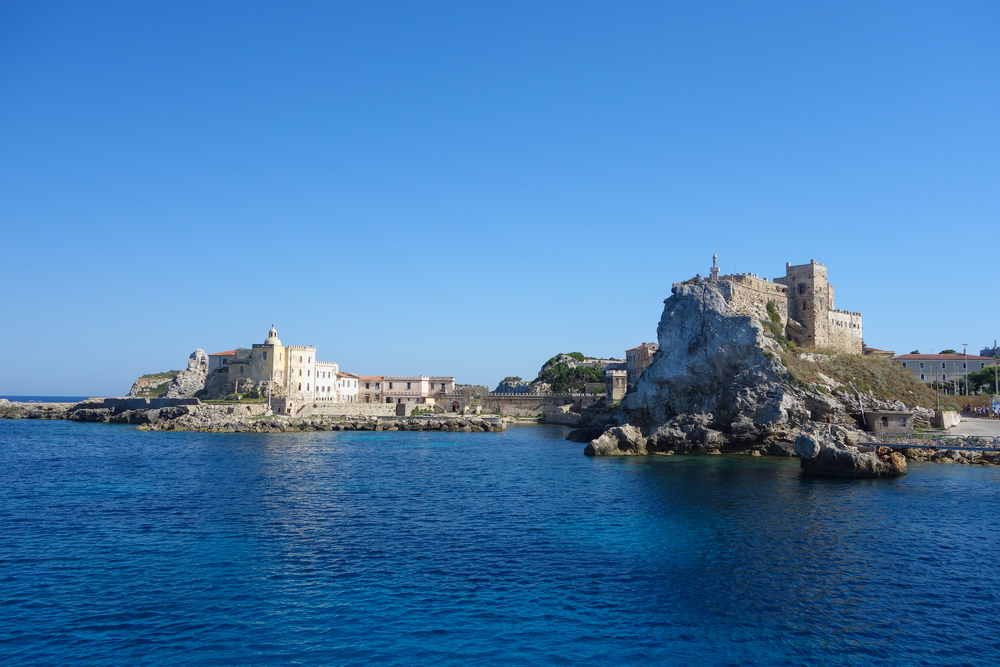
Pianosa, located in the Tuscan Archipelago, is known for its flat landscape and historical role as a prison island. It has since become a quiet nature reserve with clear waters and sandy beaches ideal for swimming and kayaking. The island’s restricted access has helped preserve its untouched environment, offering visitors a rare chance to experience a pristine Mediterranean island. Pianosa’s peaceful atmosphere and simple beauty make it a refreshing alternative to more crowded destinations. Its blend of history and nature offers an intriguing, low-key retreat.
A quiet voyage to the hidden isles
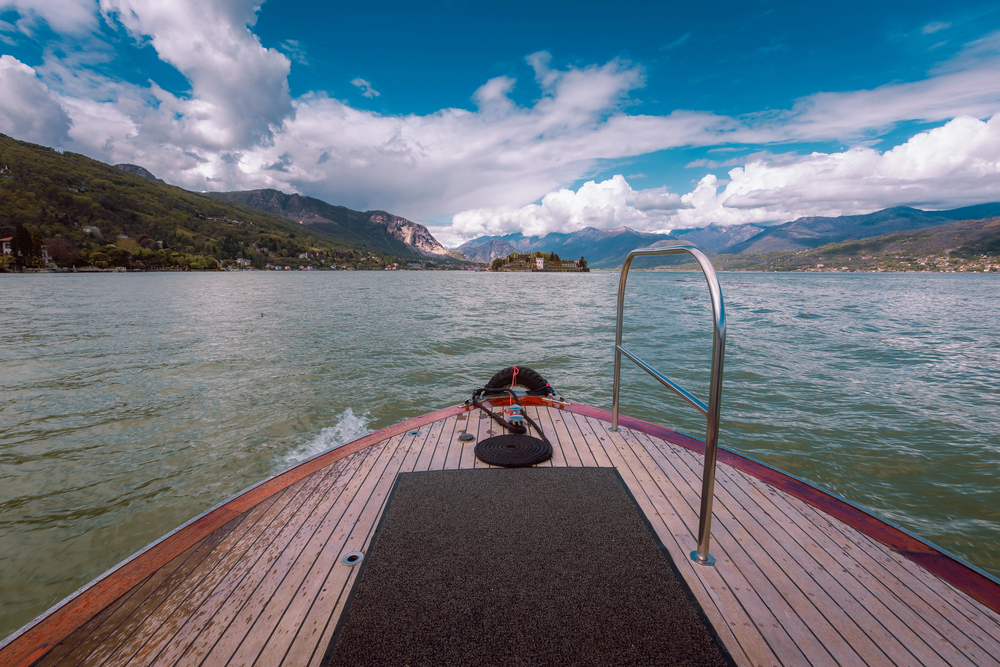
These lesser-known Italian islands each offer a unique charm far removed from the usual tourist paths. From volcanic landscapes to medieval villages and pristine marine parks, they reveal Italy’s rich island diversity in ways few travelers expect. Their quieter shores and authentic atmospheres connect traditions with today’s search for genuine, peaceful experiences. Exploring these hidden gems means diving deeper into Italy’s culture, nature, and history without the distractions of the usual crowds. These islands quietly invite discovery—and once found, they tend to stay in your travel memories for good.
More from Travel Pug

- 20 Best Beach Towns in the Carolinas
- 13 Destinations Where Tourists Regularly Regret Their Trip
- 20 Things You Actually Get in First Class
- 20 Small Airports With Aviation Museums
- 20 Places in the U.S. That Are Perfect for a Reset Trip
Like Travel Pug’s content? Follow us on MSN.
